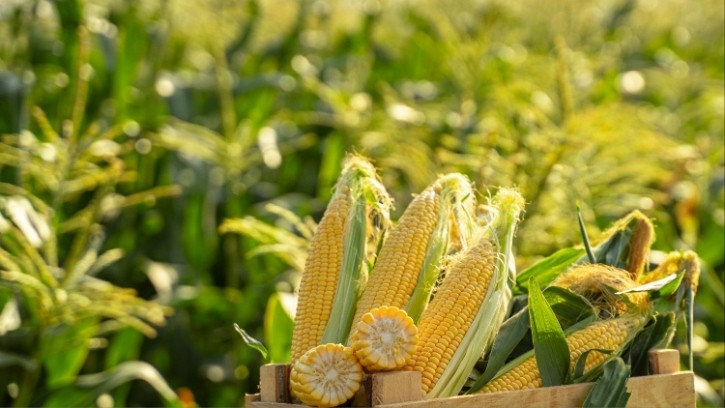News
Maize among crops ‘well adapted’ to climate change, researchers find

This is because they rely on nonstomatal control of transpiration, which gives them an advantage in maintaining a beneficial microclimate for photosynthesis within their leaves.
According to researchers from the University of Birmingham, Australian National University and James Cook University, crops including maize, sorghum and proso millet employ this mechanism which allows them absorb carbon dioxide as part of photosynthesis without increasing water expenditure, despite raised temperatures and increased demand for water.
The study challenges the traditional understanding of plant transpiration and photosynthesis under stressful and dry growing conditions.
It confirms that C4 plants – which are “critical for global food security” – maintain reduced relative humidities in the substomatal cavity, down to 80% under vapour pressure deficit (VPD) stress. This reduces water loss and highlights the critical role of nonstomatal control in water-use efficiency.
The findings also suggest that nonstomatal control mechanisms may have evolved before the divergence of C3 and C4 photosynthetic pathways, indicating a shared evolutionary trait.
‘Significant implications for adaptation to climate change’
Co-author Dr Diego Márquez, from the University of Birmingham, commented: “This revolutionised our understanding of plant-water relations by showing that nonstomatal control of transpiration limits water loss without compromising carbon gain – challenging what is typically accepted as an unavoidable trade-off.
"Our findings have significant implications for plant adaptation to climate change and how crops might be grown in arid environments. Understanding this mechanism could open new avenues for improving water-use efficiency in C4 crops, which are vital for global food security.”
Photosynthesis is the process through which plants use light and carbon dioxide to make sugars for growth, using an enzyme called Rubisco. Plants use the carbon dioxide that enters through open stomata to produce sugar, while open stomata also let water vapour out.
"Our research reframes understanding of water-use efficiency in C4 plants and reveals that this alternative mechanism helps plants continue to grow and capture carbon dioxide, even when atmospheric water demand is high, challenging traditional assumptions about how these plants survive droughts,” added Dr Márquez.
In other news, people that consume more ultra-processed foods are at increased risk of developing type 2 diabetes, a new study has found.
















